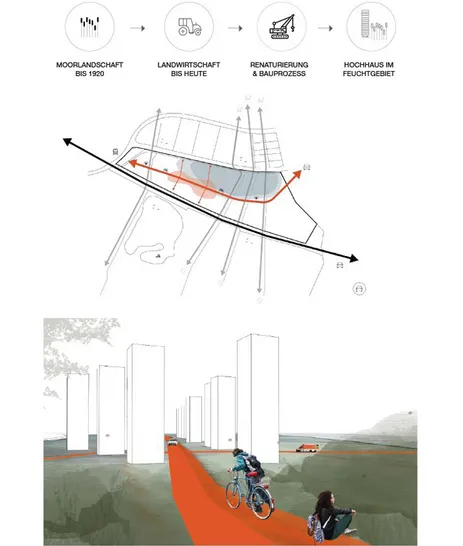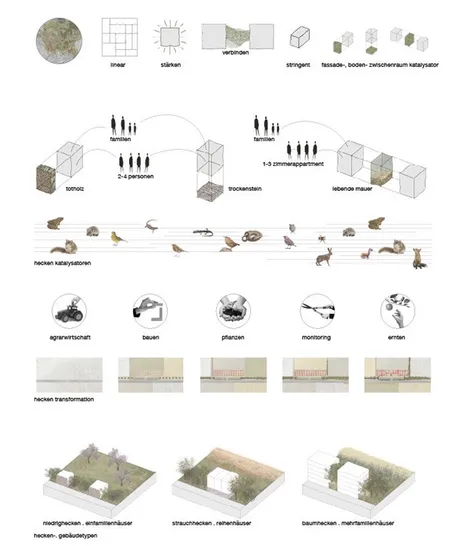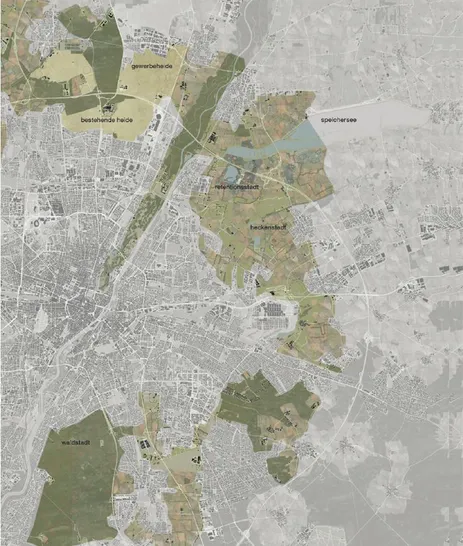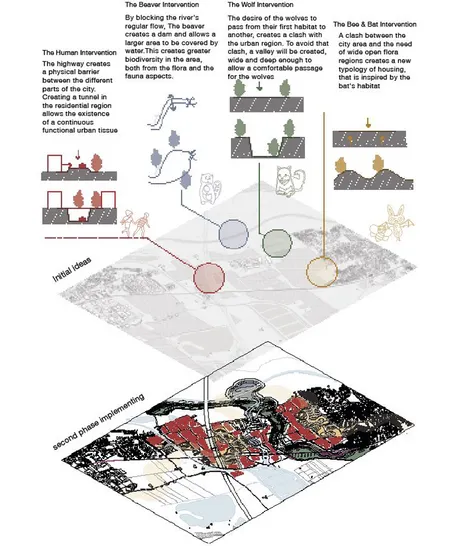





BIOTOPIAN URBANISM studio
The use of landscapes for building architecture and infrastructure is normally seen as a consumption of land, disturbing sensitive ecosystems, depleting agricultural areas, threatening biological diversity and, as an urban sprawl, affecting the aesthetic worth of the landscape. It is generally seen that dense cities are the most effective way of meeting the demand for building space. This is based on the concept of clearly separating between the open landscape and the compact city. Indeed, this model of compact and intermixed cities seems to be waning. Growing scepticism in the debate raises questions of this blueprint as living spaces in cities continue to be squeezed and the urban microclimate degrades. Convincing alternative are found in radical concepts. We already know that the built-up areas of today can have a higher biodiversity than, for example, intensely cultivated agricultural areas. Buildings, settlements, and whole city quarters can be built with higher ecological capacity than some undeveloped areas through the employment of green technologies. In the design studio Biotopian Urbanism, we developed contemporary green typologies on a variety of scales that were intended as an alternative to the established approach and are not limited to internalised urban development. The students presented risky, even provocative and certainly progressive concepts for new urban and landscape forms. These interpret the traditional relationship between city and landscape, and by extensions architecture and nature, in a radical and new way.
For this project we collaborated with the Institute for Urban Planning at the University of Stuttgart, Professor Daniel Schönle.
____________________________________
Teaching team
Prof. Dr. Ing. Ferdinand Ludwig
Dipl. Ing. Lisa Höpfl
Lorenz Boigner, M.A.
Course language
Deutsch/Englisch
Type of course
Masterprojekt für die Studiengänge Landschaftsarchitektur und Architektur
15 ECTS